A picture is worth a thousand words. Yet the photos of the devastation wrought during and after the November 2018 Camp Fire in and around Paradise, California, did little to capture the magnitude of devastation this forest fire had on those in its path. This was evident even six months after the historic blaze when the Arbor Day Foundation, alongside corporate and programmatic partners, set out to further explore the issues and opportunities facing public, private, and urban forests in the wake of megafires.
Following is a summary of our team’s experience this May visiting three strategic locations in and around Paradise and key takeaways from each stop along that tour. More information on our active effort to restore private forest lands in response to the Camp and Carr Fires can be found here.
Understanding Forest Fires
Last May, the Arbor Day Foundation — alongside interested corporate partners and programmatic leadership from the American Forest Foundation, U.S. Forest Service, CalFire, California Extension, and Sierra Pacific Industries — explored Paradise, California. Our mission: to better understand the pressures facing forest settings before, during, and after megafires and what more can be done to restore, replant, and sustain these important landscapes.
Find out more information about the Camp Fire and 2017/2018 Wildfires here.
Find out more about our work restoring California public forests in response to wildfire here.
Initial Impressions
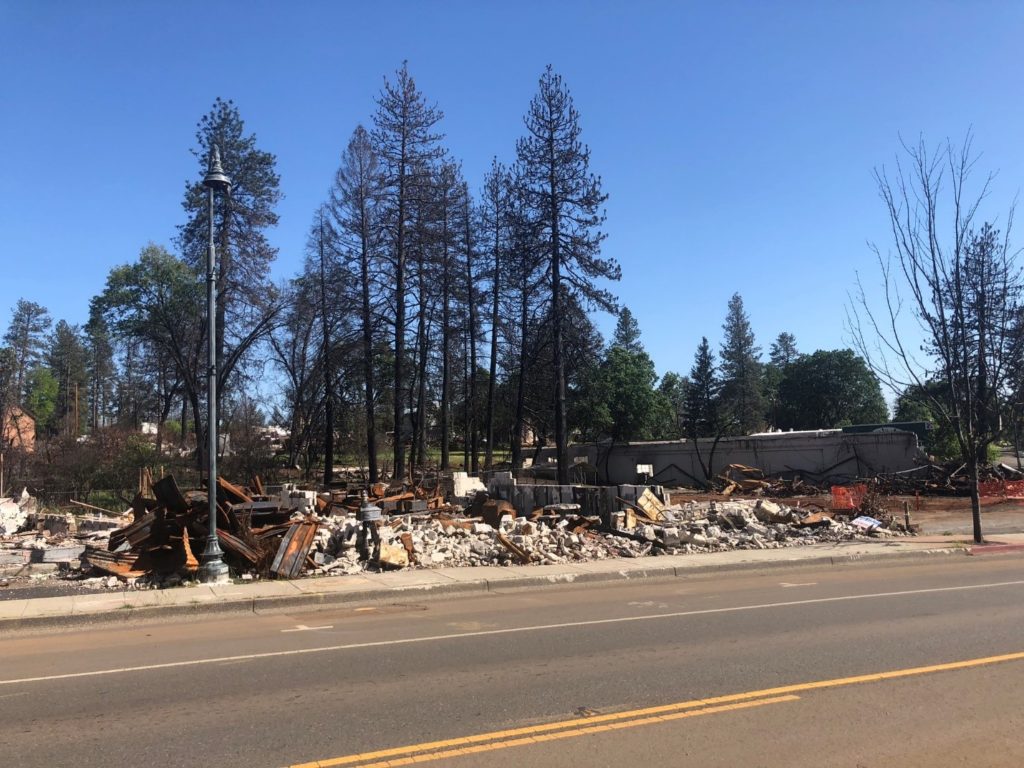
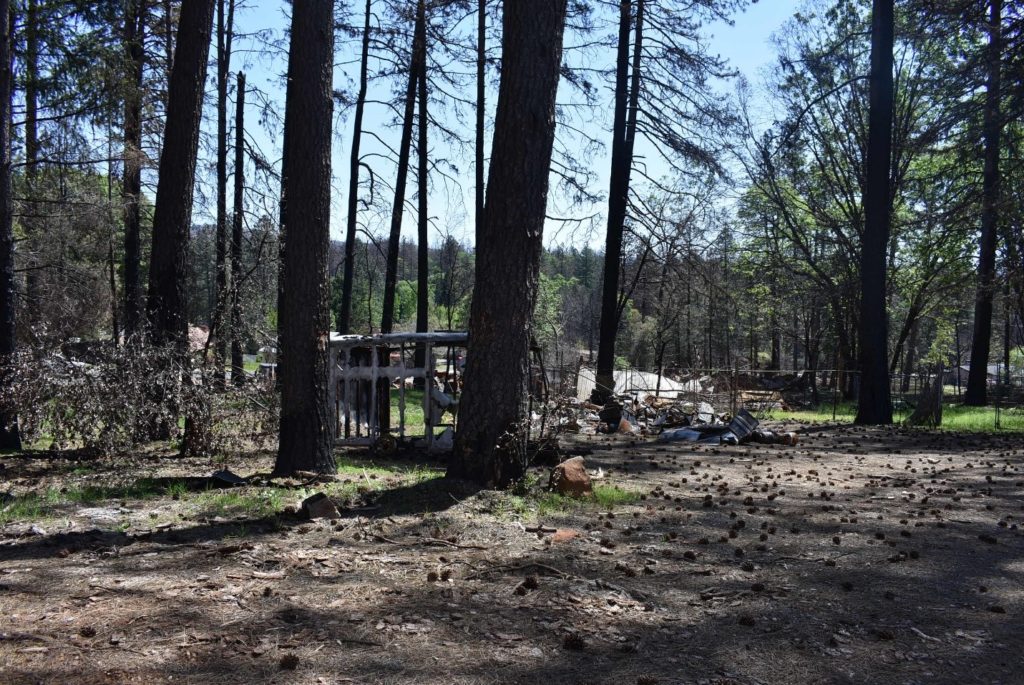
After meeting at the Sierra Nevada Brewery in Chico, California, the group drove 20 minutes to our first staging site. Through the windows in every direction, wildfire devastation was immediately apparent. Blackened trees, building remains, and car bodies littered the roadway. Heaps of metal, a single chimney, or a mailbox consistently were all that remained of a property. Countless recovery crews were at work identifying and removing scorched debris. Often, to the naked eye, the only things visible between the city’s remains were a few intact buildings and severely charred forests.
Site One: CalFire on Fire Behavior, Community Resiliency
Gus Boston greeted us at our first staging area, a neighborhood park. Gus is the CalFire Battalion chief and a local resident of Paradise. The park setting overlooked an expansive valley typical of the region’s Sierra Nevada mountain landscape. During last Fall’s Camp Fire, this valley burned in a matter of minutes.
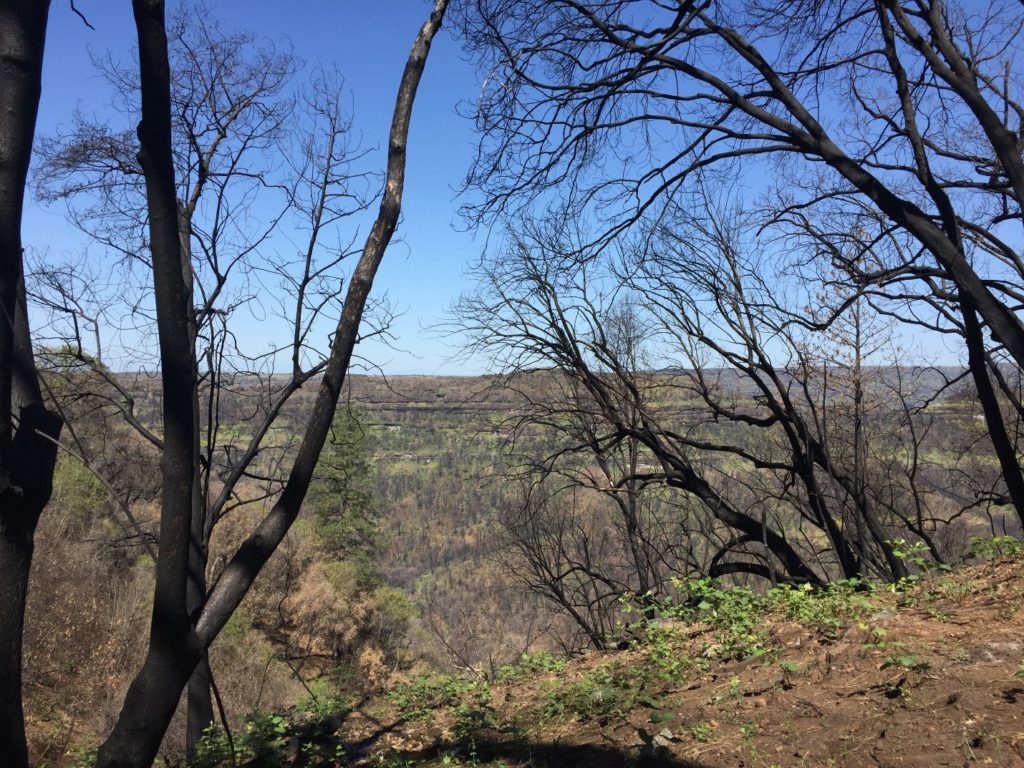
Our conversation with Gus provided the following key takeaways:
Current Fire Behaviors – Historical 10-year fire intervals no longer obey previously understood intensity or frequency norms. Creative ways are being employed to prevent and respond to forest fire.
The Magnitude of the Devastation – The fire developed and destroyed the entire city and surrounding forests within a 24-hour period, posing unprecedented fire-fighting challenge.
Preparedness – Learnings from this fire will instruct preparedness strategies for future communities — a silver lining as Paradise had believed themselves to be adequately prepared for wildfire events in 2018.
Personal and Community Loss – We heard stories of heroism and loss resulting in the current reality of one in 10 residents scattered around the state and country post-fire, a massive hit to the fabric and economic reality of the Paradise community. Leaders like Gus and his wife are committed to rebuilding what was lost.
Trees Per Acre – Investing in the strategic planting and more appropriate management of less trees per acre will be a critical component to ensuring a more resilient and sustainable long-term recovery of Butte County.
Site Two: What Does Reforestation Look Like?
Thirty minutes north, our group met with Steve Robert, a local forester from Sierra Pacific Industries who has been working in these forests for nearly his entire professional career. In front of us was an expansive mixed forest highlighting the importance of strong native species and age range diversity. We discussed details of reforestation and forest management practices, including opportunities for improving forest management and the importance of replanting forests in the wake of fires.
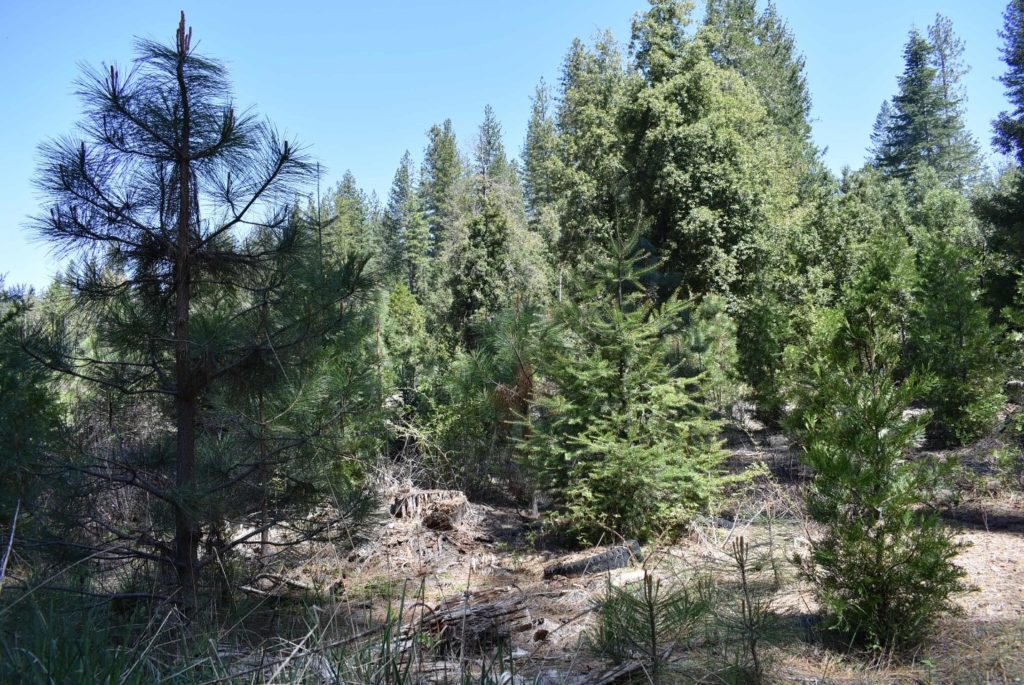


Among our key learnings from Steve were:
Methodical and Time-Tested Approaches – Tremendous time, care, effort, and money goes into improving forest management practices and restoring forests to ensure they are in the best position to succeed.
Native Species – Sourcing native seedstock that is appropriate to not only the region but also the specific elevation is important to a successful project. Considerations like a changing climate could come more into the seed selection conversation in the coming years in geographies like northern California.
Forest Management – Planting trees with the intention of thinning out forests strategically as they mature is considered best practice. These efforts — alongside brush/invasive species clearing and prescribed burning — ensure that forests are in the best position to survive larger forest fires such as the Camp Fire.
Lunch Conversation and the Time for Trees
Our lunch conversation at the Paradise Parks and Rec building zoomed out to the issues facing our global forests and our planet. The talk highlighted Arbor Day Foundation’s Time for Trees initiative and our goal of planting 100 million trees and engaging 5 million tree planters by 2022. The immediate and pressing need to restore millions of trees throughout California in response to wildfires ties directly into our larger initiative focus.
American Forest Foundation shared the importance of private forest around the United States. In California, they make up more than one-third of all forest settings. AFF excels at aggregating the patchwork of private forestland owners and inspiring them to improve their forest management practices and strategically plant trees.
Lastly, Nancy Hughes from the California Urban Forest Council highlighted the important work of restoring urban forests specially focusing on California’s growing need for trees in cities and towns throughout the state.
Site Three: The Importance of Partnerships

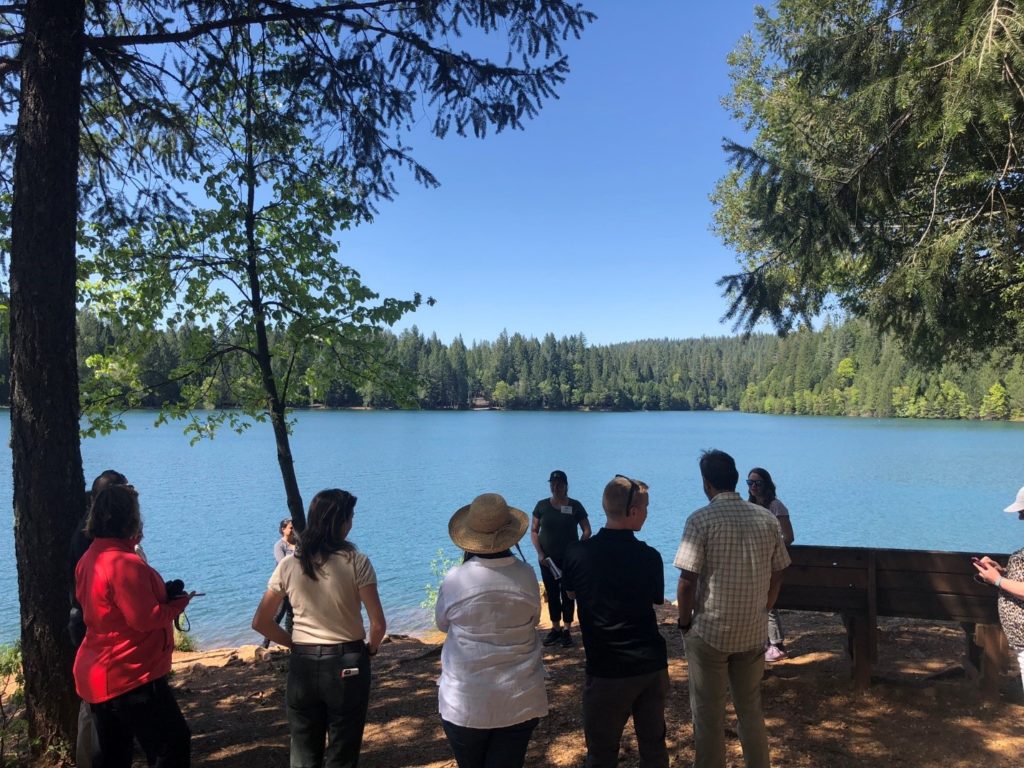
Our last site was a respite from the devastation of the day. The now-typical landscape of blackened trees surrounded our car as we traveled to Paradise Lake — the third location. As we rounded the bend a mile from Paradise Lake, we were greeted by a magnificent forest view perfect and pristine. This was the paradise that earned the town its name and a premier example of how partnerships and proper forest management and forestry practices saved this landscape. Kate Wilken from the University of California Extension explained how public, private, and nongovernmental groups collaborated to protect Paradise Lake from possible encroaching wildfires, prioritizing the main water source for the surrounding cities and towns.
More information on the recovery effort around Paradise Lake can be found here.
Key takeaways from Kate were:
Partnerships are Critical – No one group can accomplish these goals alone. Private, public, and urban forests are connected, and we need to collaborate to achieve scale and comprehensive change. Groups like the Arbor Day Foundation and UC Extension are important to find common ground in the face of growing need.
The Need to Reforest – These landscapes are not going to naturally regenerate, and we must replant strategically to ensure that forests can come back.
Planting Trees is Imperative – Trees are more than just a “nice to have.” In Paradise, trees planted and managed strategically saved the water source and put the community in a position to rebuild. Trees improve human health and wellbeing, provide critical habitat, and are a major component of our economy.
Lessons Learned
This visit reinforced key themes that have been mainstays of the Arbor Day Foundation’s work for decades: the critical value of partnerships, planting the right trees in the right place at the right time, and how trees are a must-have to ensure quality of life for all living things on our planet.
Partnerships – This work is only done well through strong local, regional, and national partnerships. In Paradise, we have those partners. You can learn more about our specific work alongside partners in response to the Camp Fire here.
Right Trees – Improving forest management practices and pairing that with appropriate trees planted at the appropriate time in the appropriate place continues to be the best and only sustainable forestry practice. We need to ensure that this is the norm in more public and private forests throughout California and around the world.
Trees are Awesome – They clean our air and water, sequester carbon, shade our cities and homes, provide critical habitat, and so much more. It is immensely important that these forests are restored at scale to ensure that these benefits are realized in communities and natural forests.
This visit challenged our sense of urgency. The time for trees is now. We are actively exploring opportunities to bring resources and attention to landscapes in need of immediate reforestation and investing in the necessary prework to ensure that we can act when the time is right.

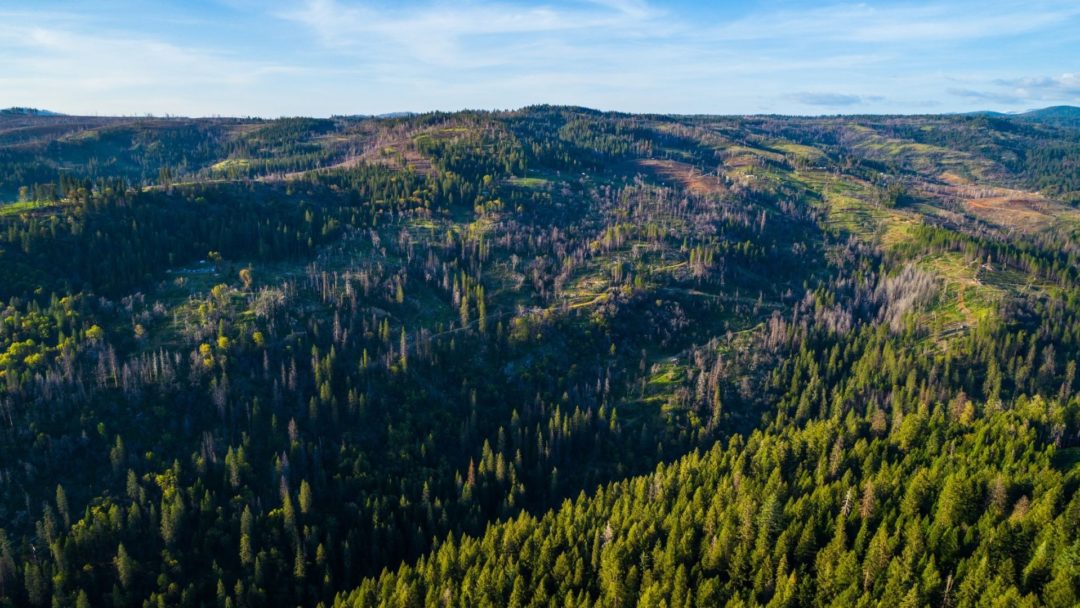
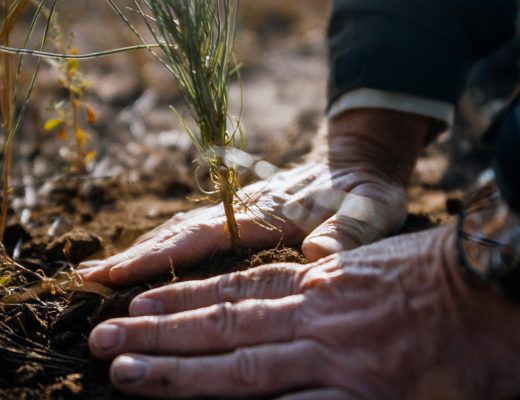

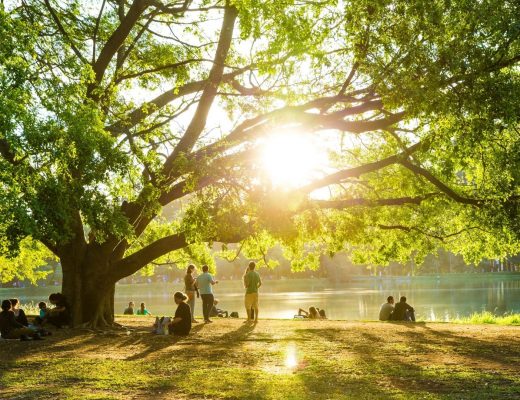
Hi Ben. Thank you for taking the time to write this article and reiterate how important trees are to the environment. While you provided so much information about trees, what made your article even better was the storytelling and how your team navigated through the California fires. Keep up the great work!